2,6-Di-tert-butylphenol

2,6-Di-tert-butylphenol structure
|
Common Name | 2,6-Di-tert-butylphenol | ||
|---|---|---|---|---|
| CAS Number | 128-39-2 | Molecular Weight | 206.324 | |
| Density | 0.9±0.1 g/cm3 | Boiling Point | 251.4±9.0 °C at 760 mmHg | |
| Molecular Formula | C14H22O | Melting Point | 34-37 °C(lit.) | |
| MSDS | Chinese USA | Flash Point | 118.3±0.0 °C | |
| Symbol |


GHS07, GHS09 |
Signal Word | Warning | |
| Name | 2,6-Di-tert-butylphenol |
|---|---|
| Synonym | More Synonyms |
| Density | 0.9±0.1 g/cm3 |
|---|---|
| Boiling Point | 251.4±9.0 °C at 760 mmHg |
| Melting Point | 34-37 °C(lit.) |
| Molecular Formula | C14H22O |
| Molecular Weight | 206.324 |
| Flash Point | 118.3±0.0 °C |
| Exact Mass | 206.167068 |
| PSA | 20.23000 |
| LogP | 4.86 |
| Vapour Pressure | 0.0±0.5 mmHg at 25°C |
| Index of Refraction | 1.499 |
| InChIKey | DKCPKDPYUFEZCP-UHFFFAOYSA-N |
| SMILES | CC(C)(C)c1cccc(C(C)(C)C)c1O |
| Storage condition | 2-8°C |
| Stability | Stable. Incompatible with acid chlorides, acid anhydrides, bases, brass, copper, copper alloys, oxidizing agents. |
| Water Solubility | insoluble |
CHEMICAL IDENTIFICATION
HEALTH HAZARD DATAACUTE TOXICITY DATA
|
| Symbol |


GHS07, GHS09 |
|---|---|
| Signal Word | Warning |
| Hazard Statements | H315-H410 |
| Precautionary Statements | P273-P501 |
| Personal Protective Equipment | dust mask type N95 (US);Eyeshields;Gloves |
| Hazard Codes | Xn:Harmful;N:Dangerousfortheenvironment; |
| Risk Phrases | R22;R51/53 |
| Safety Phrases | S26-S36-S61-S29 |
| RIDADR | UN 3145 8/PG 3 |
| WGK Germany | 2 |
| RTECS | SK8265000 |
| Packaging Group | III |
| Hazard Class | 9 |
| HS Code | 2907199090 |
| Precursor 10 | |
|---|---|
| DownStream 9 | |

| HS Code | 2907199090 |
|---|---|
| Summary | 2907199090 other monophenols VAT:17.0% Tax rebate rate:9.0% Supervision conditions:none MFN tariff:5.5% General tariff:30.0% |
|
Cellular apoptosis and cytotoxicity of phenolic compounds: a quantitative structure-activity relationship study.
J. Med. Chem. 48 , 7234-42, (2005) In this comprehensive study on the caspase-mediated apoptosis-inducing effect of 51 substituted phenols in a murine leukemia cell line (L1210), we determined the concentrations needed to induce caspas... |
|
|
Carbonic anhydrase inhibitors. Inhibition of human erythrocyte isozymes I and II with a series of antioxidant phenols.
Bioorg. Med. Chem. 17 , 3207-11, (2009) The inhibition of two human cytosolic carbonic anhydrase (hCA, EC 4.2.1.1) isozymes I and II, with a series of phenol derivatives was investigated by using the esterase assay, with 4-nitrophenyl aceta... |
|
|
Antioxidant activity of propofol and related monomeric and dimeric compounds.
Chem. Pharm. Bull. 53(3) , 344-6, (2005) This study was carried out to investigate the antioxidant activity of propofol (2,6-diisopropylphenol) and its related compounds, butylated hydroxyanisole (BHA), 2,6-dimethylphenol, 2,6-di-t-butylphen... |
| MFCD00008820 |
| Phenol, 2,6-bis(1,1-dimethylethyl)- |
| 2,6-Bis(2-methyl-2-propanyl)phenol |
| EINECS 204-884-0 |
| 2,6-bis(1,1-Dimethylethyl)phenol |
| 2,6-ditert-butylphenol |
| 2,6-Di-tert-butylphenol |
 CAS#:1516-95-6
CAS#:1516-95-6 CAS#:75-65-0
CAS#:75-65-0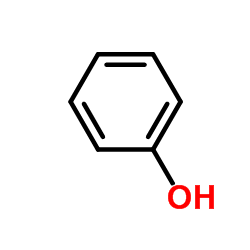 CAS#:108-95-2
CAS#:108-95-2 CAS#:115-11-7
CAS#:115-11-7 CAS#:507-19-7
CAS#:507-19-7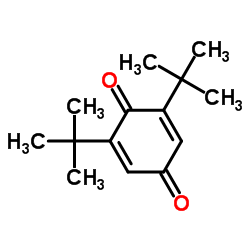 CAS#:719-22-2
CAS#:719-22-2 CAS#:2455-14-3
CAS#:2455-14-3 CAS#:124-38-9
CAS#:124-38-9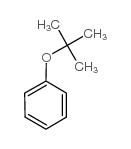 CAS#:6669-13-2
CAS#:6669-13-2 CAS#:1139-52-2
CAS#:1139-52-2 CAS#:100-67-4
CAS#:100-67-4 CAS#:4906-22-3
CAS#:4906-22-3 CAS#:527-61-7
CAS#:527-61-7 CAS#:880-06-8
CAS#:880-06-8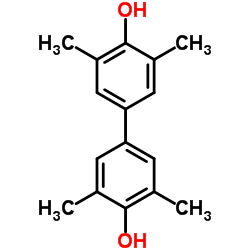 CAS#:2417-04-1
CAS#:2417-04-1 CAS#:126657-30-5
CAS#:126657-30-5 CAS#:4130-42-1
CAS#:4130-42-1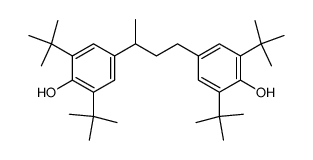 CAS#:718624-10-3
CAS#:718624-10-3
